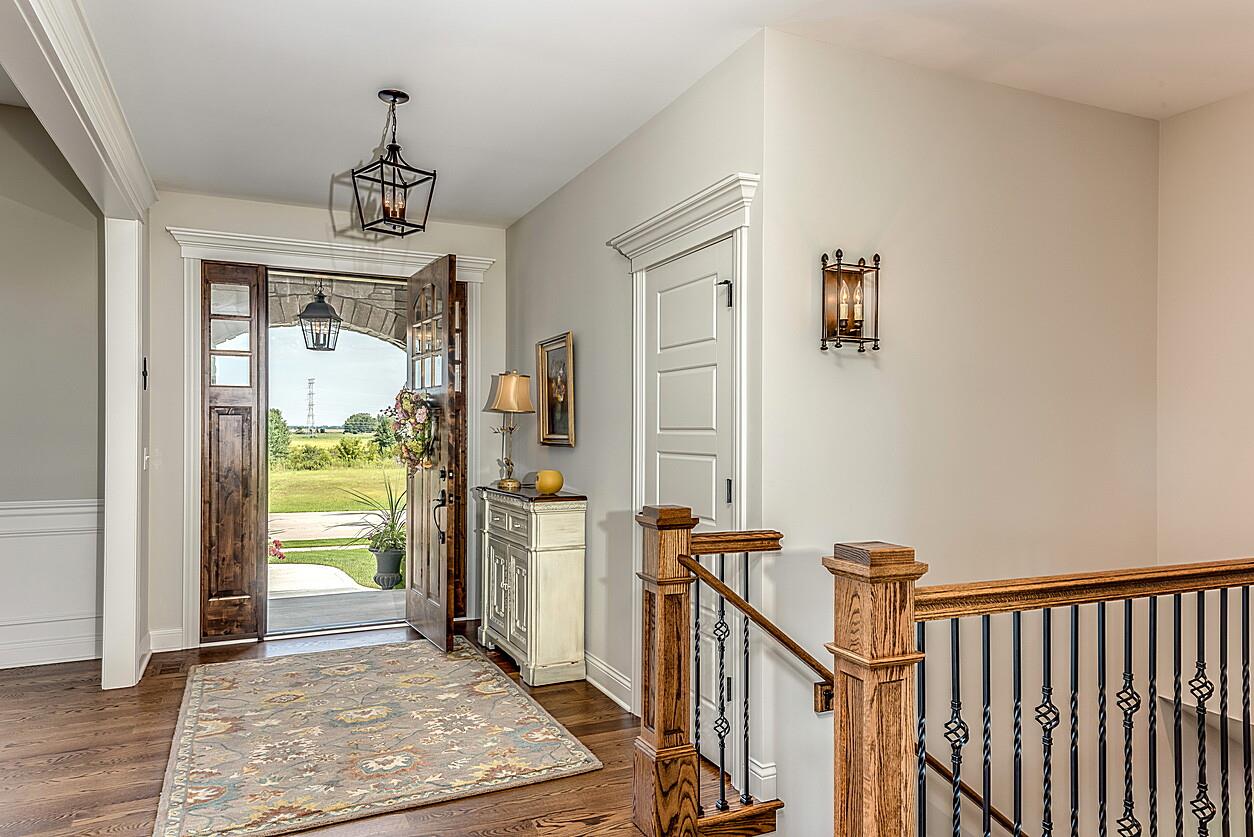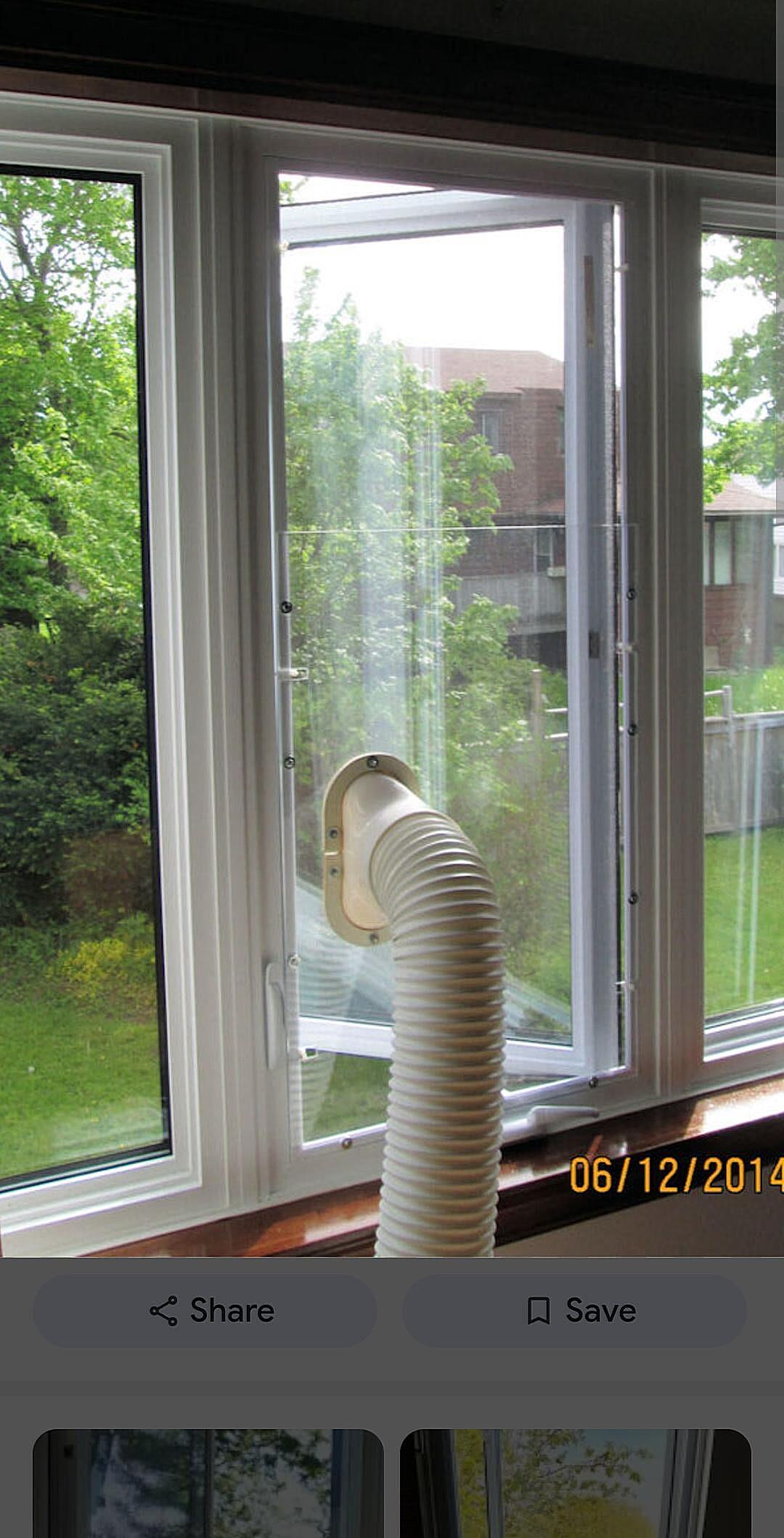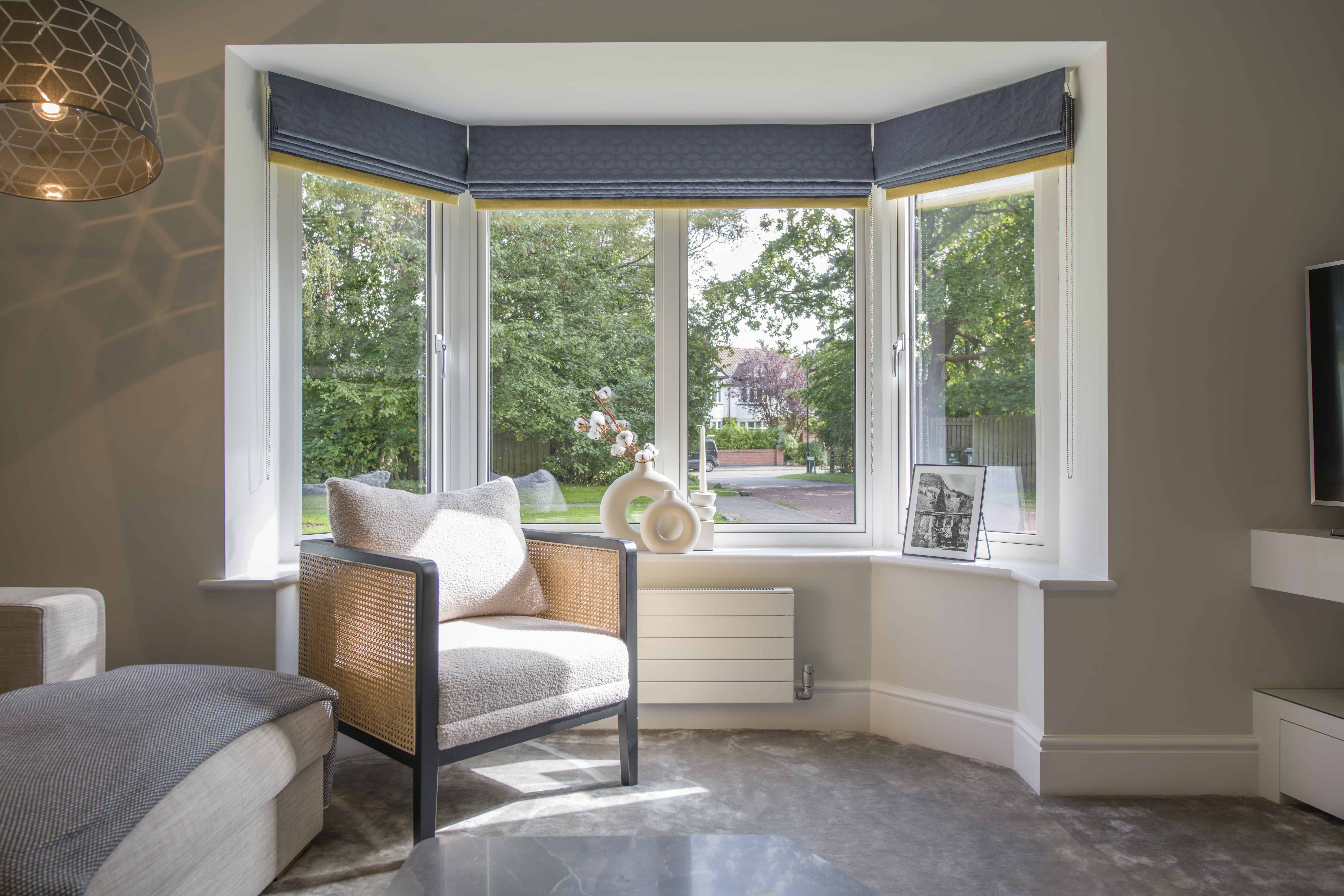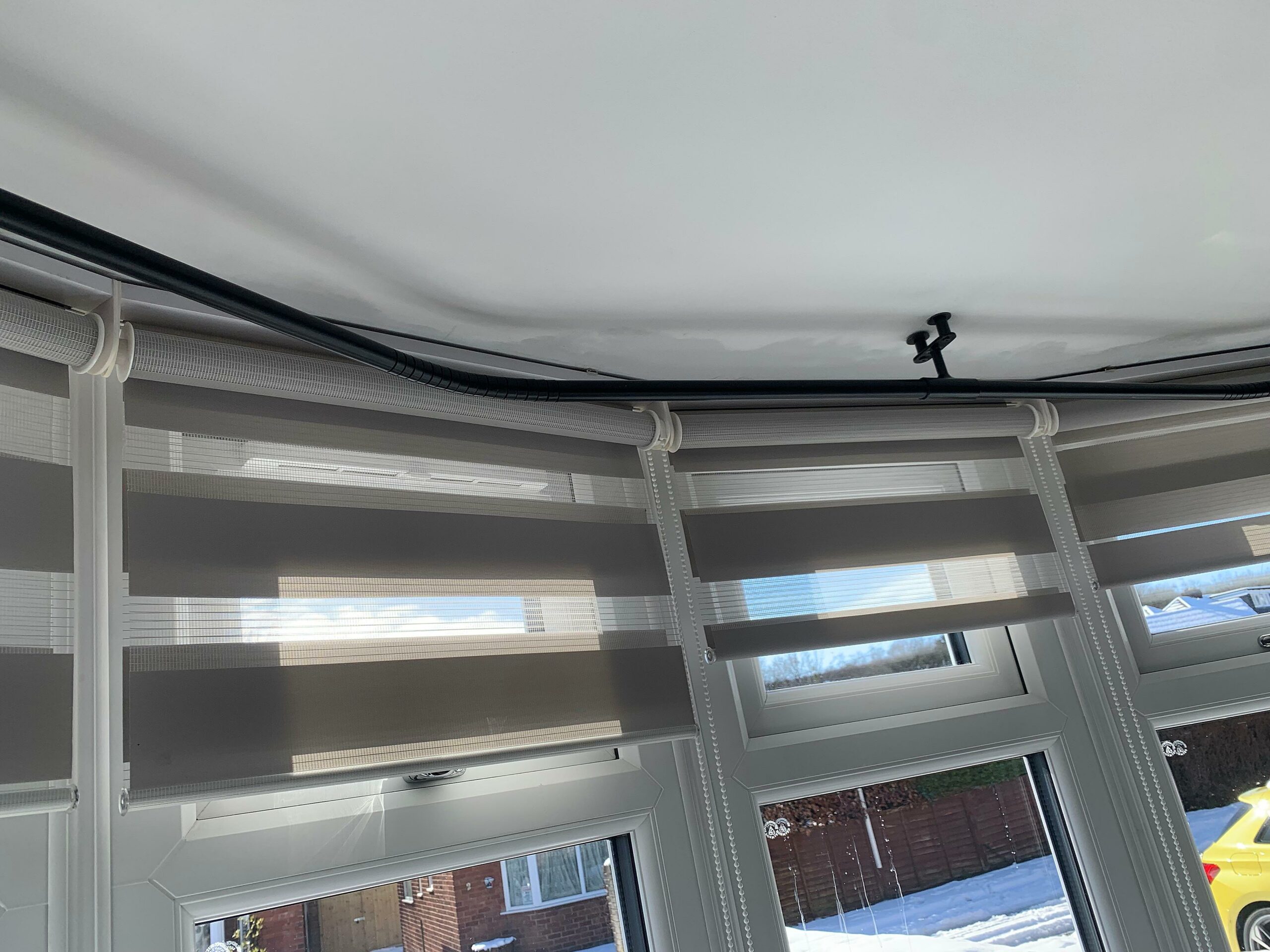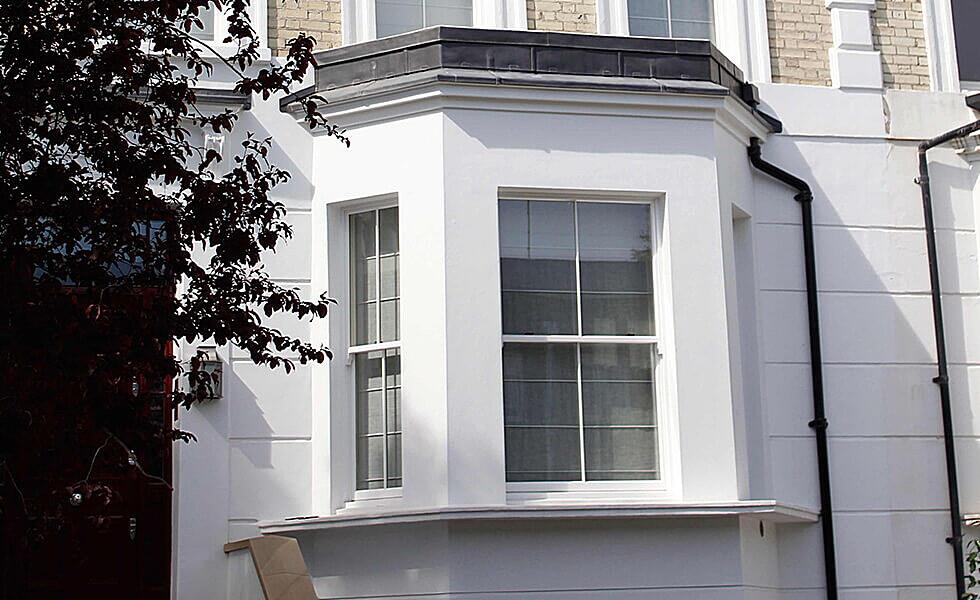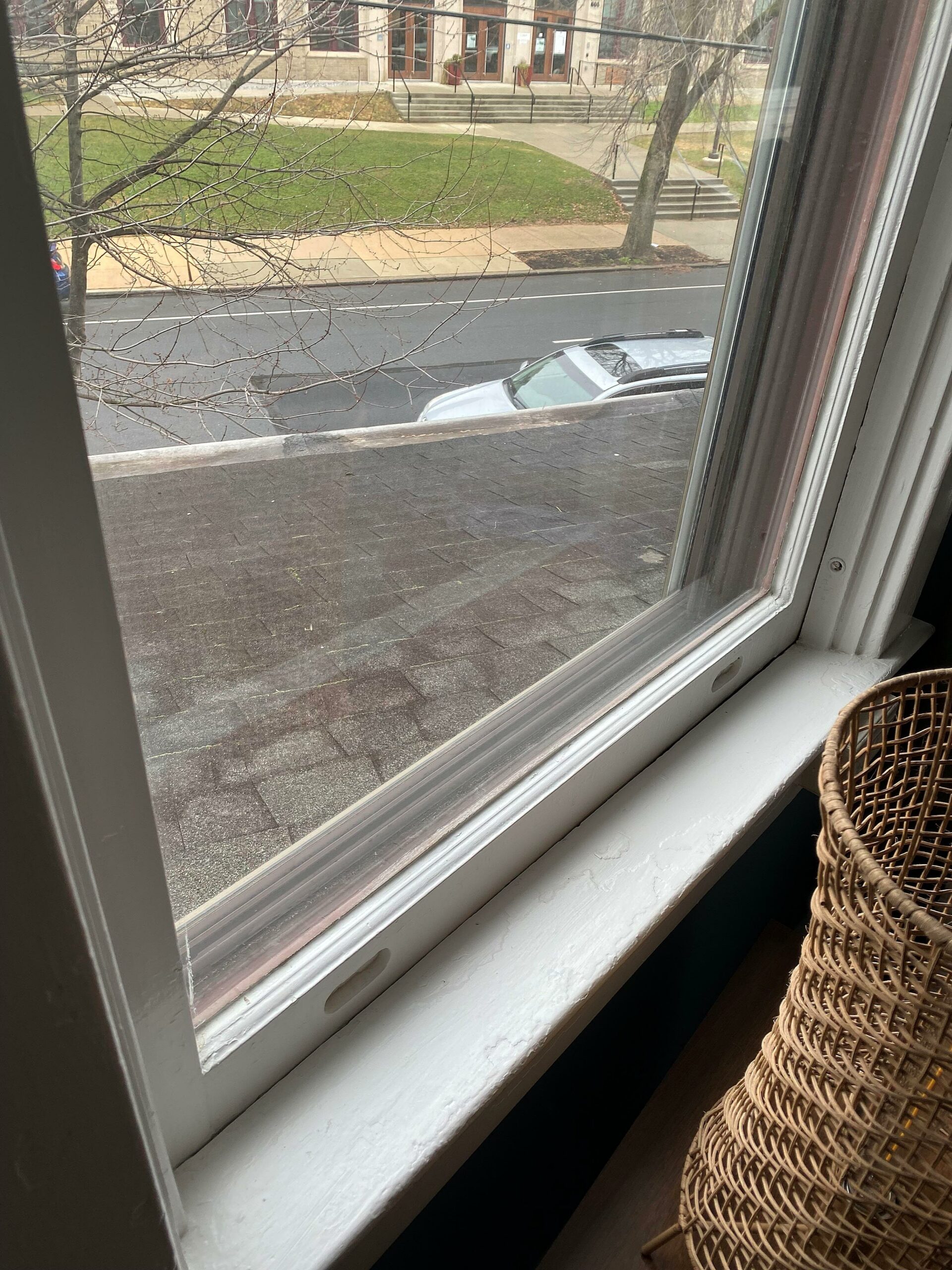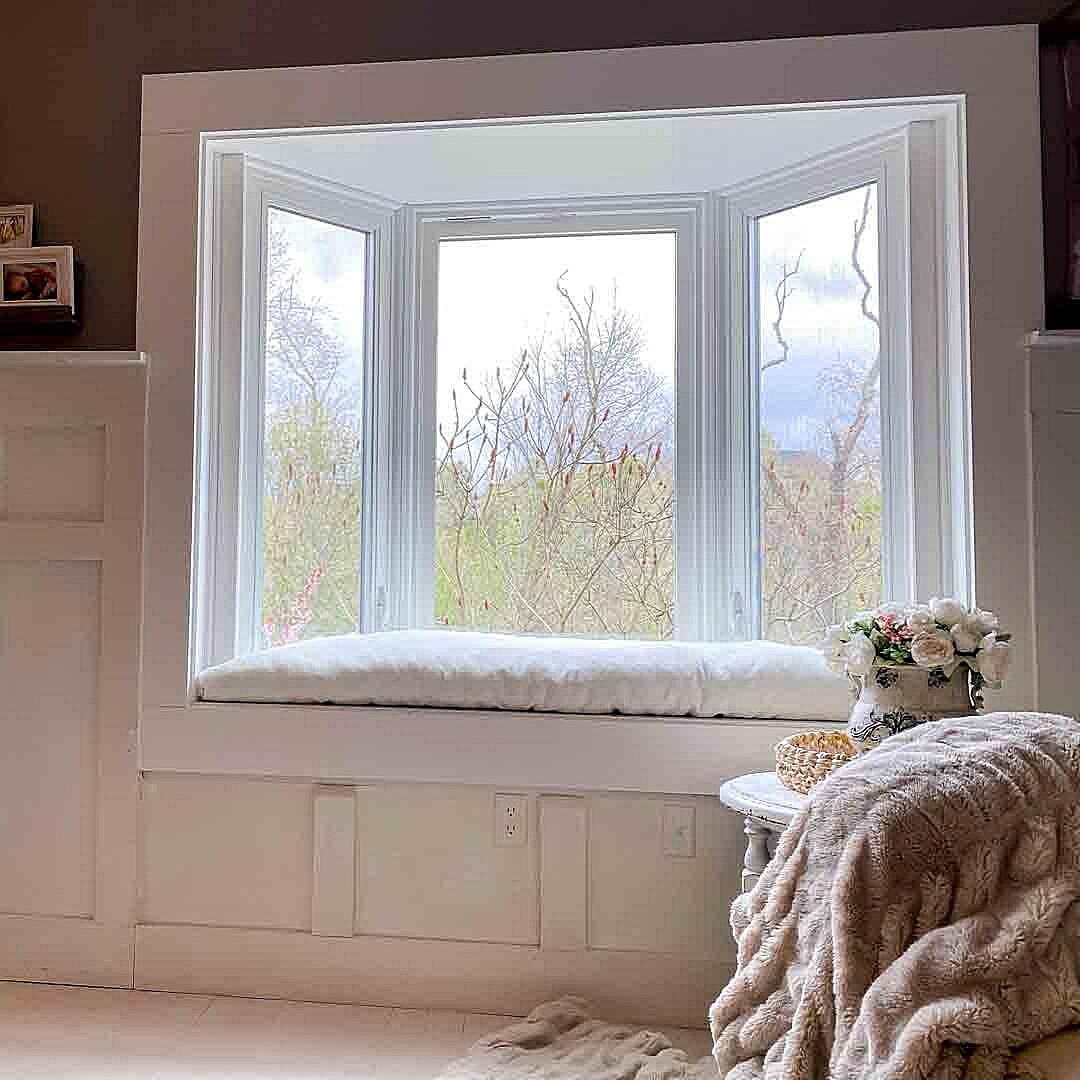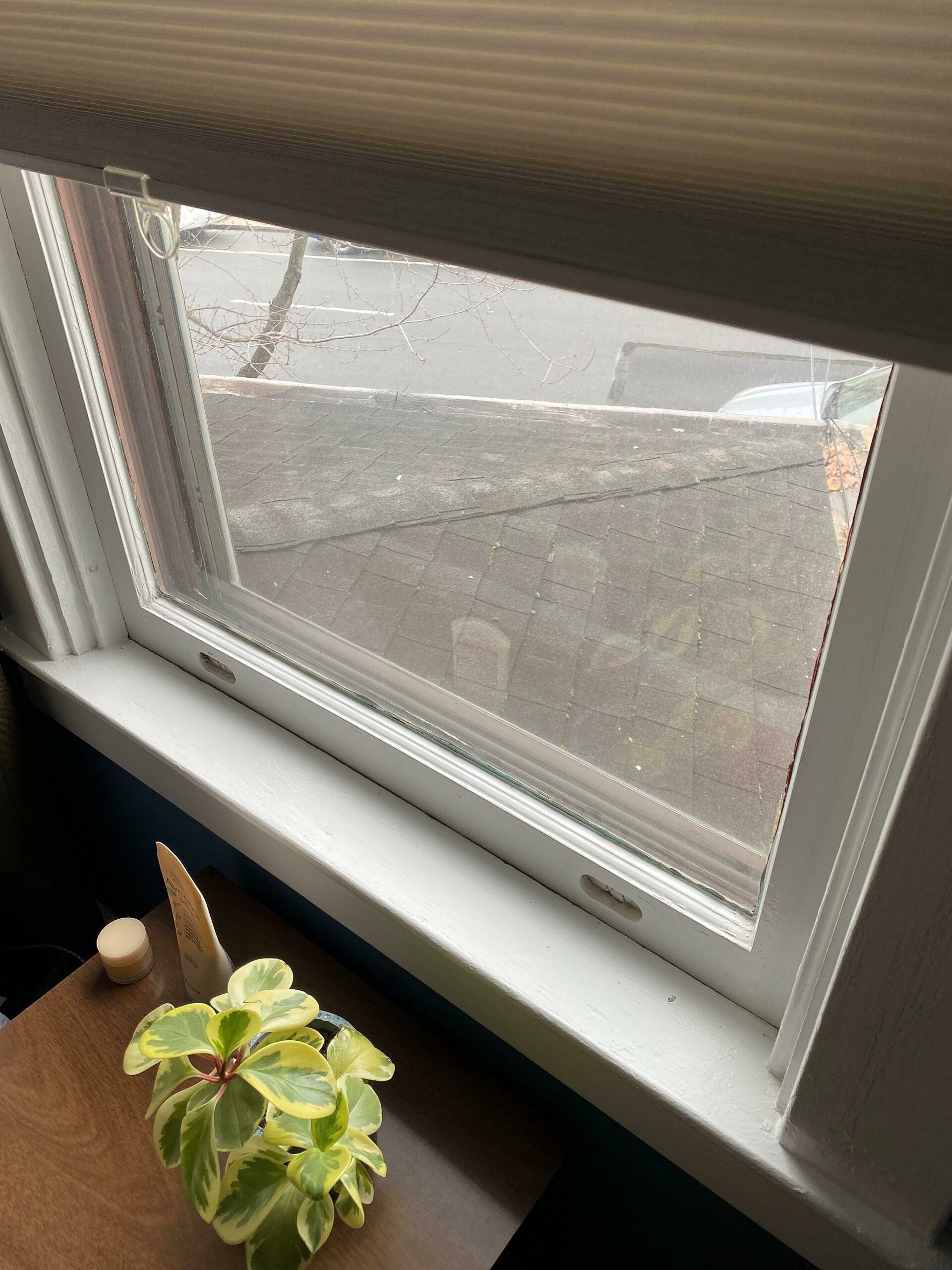Why Are Bay Windows So Chilly? Unpacking the Cold Truth
1. The Bay Window Chill Factor
Okay, let’s talk bay windows. Those beautiful, projecting windows that add character and light to a room. They’re like the charming extroverts of the window world. But, let’s be honest, they can also be drafty little buggers. Have you ever sat near one on a cold day and felt a shiver creep down your spine? You’re not alone! There are several reasons why bay windows are so cold, and understanding them is the first step to warming things up.
One major culprit is simply the increased surface area. Think about it: a bay window isn’t just one flat pane of glass. It’s usually three or more, jutting out from the wall. More glass means more opportunity for heat to escape from your cozy home and for the outside cold to seep in. It’s a simple equation, really: bigger window = bigger heat loss. It’s like wearing a t-shirt in winter versus a full parka; the more coverage, the warmer you stay.
Another factor at play is the framing and insulation. Older bay windows, especially, might have poorly insulated frames or gaps around the edges where the window meets the wall. Air leaks are sneaky little heat thieves! Even a tiny crack can let a surprising amount of cold air in. Imagine trying to keep a balloon inflated with a pinhole in it — frustrating, right? The same principle applies to your home’s heat.
Finally, consider the construction of the bay window itself. The angled design can sometimes create tricky spots for insulation. And, if the bay window is cantilevered (meaning it’s supported by brackets rather than a foundation), the floor beneath it might be poorly insulated, allowing cold air to rise into the room. It’s like having a tiny ice cave built into your living space.

